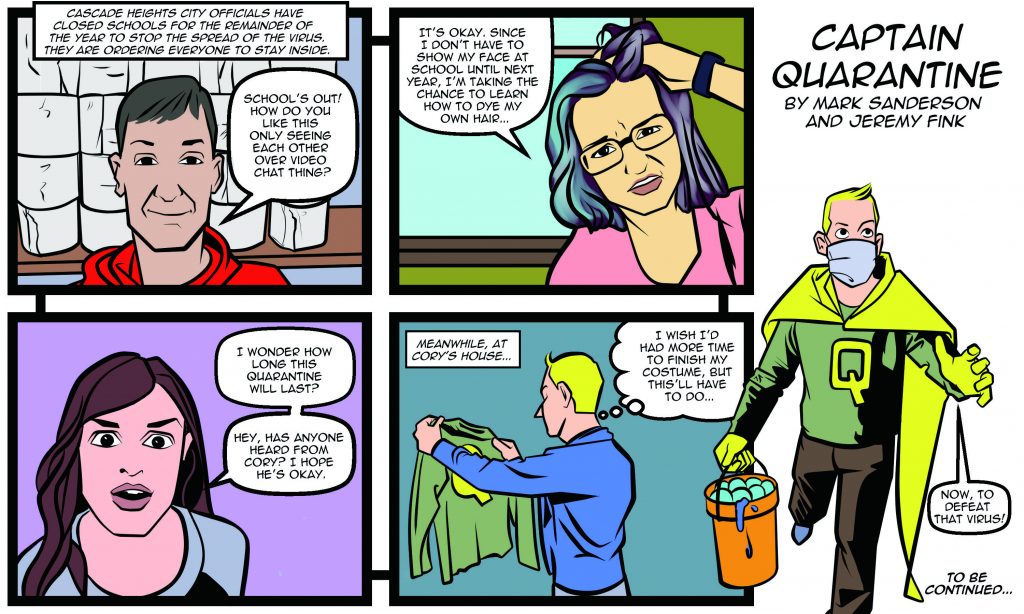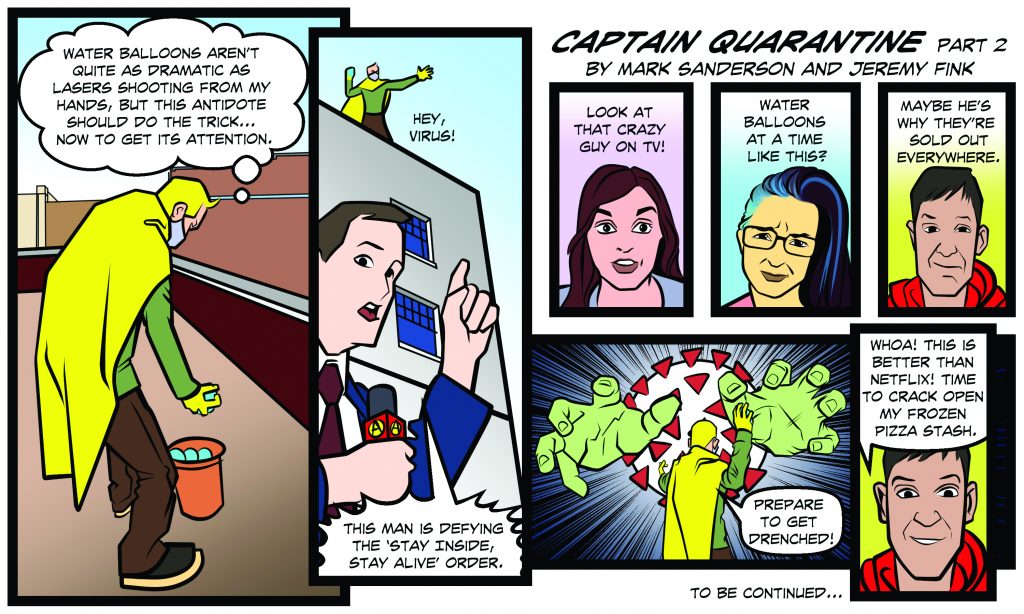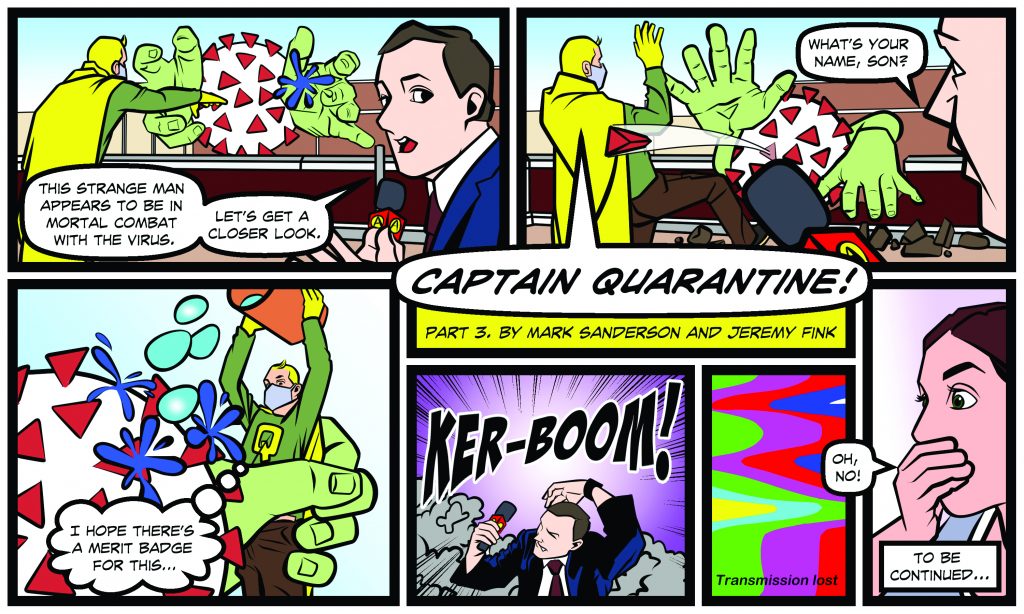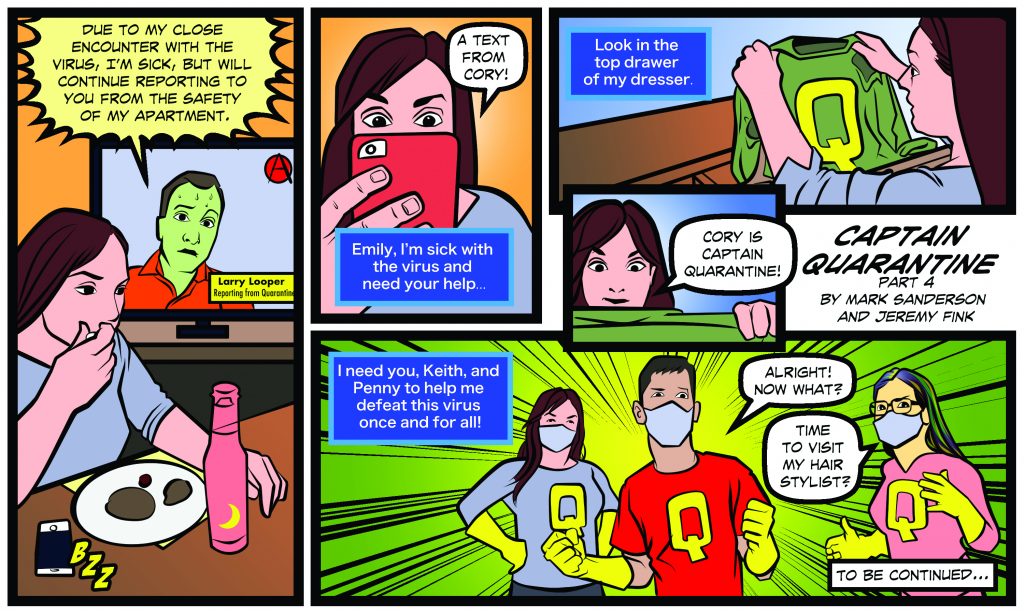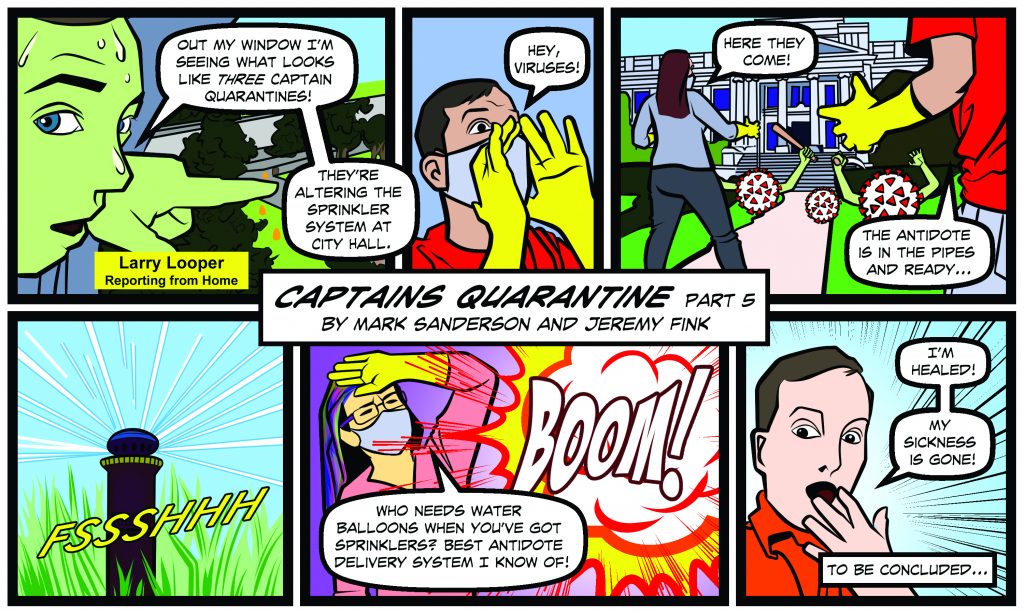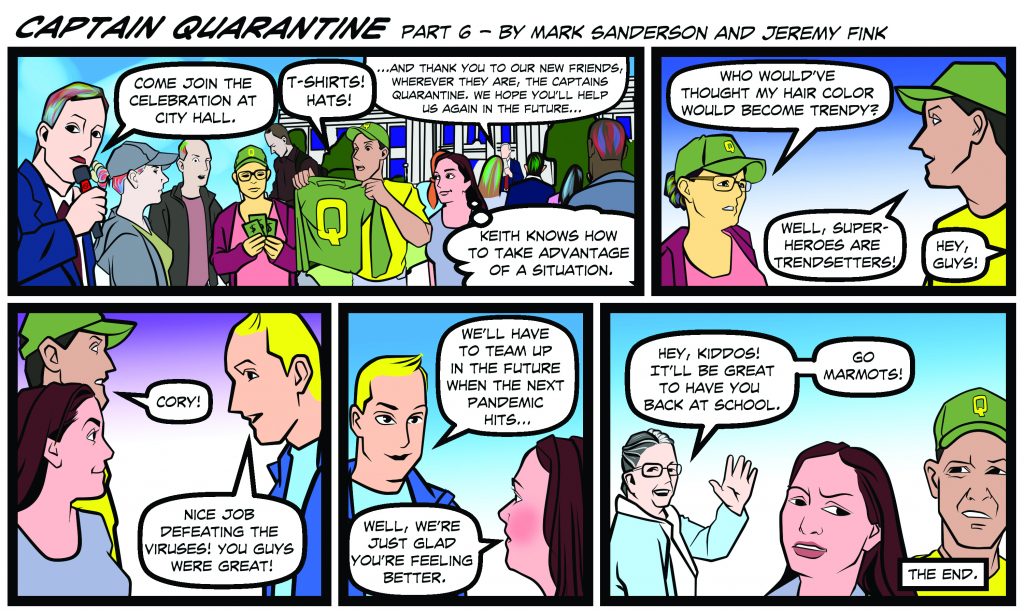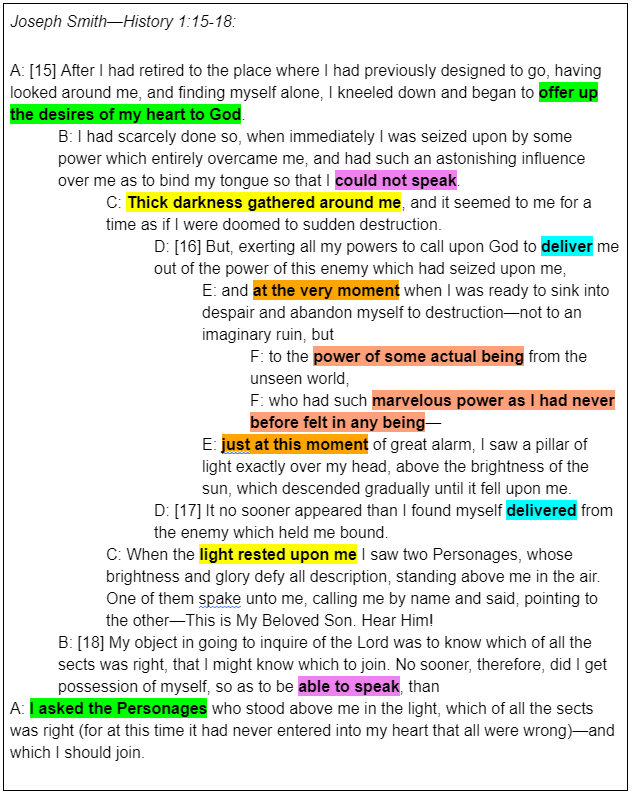In June 2017, I traveled to Edinburgh, Scotland to present a paper at a Robert Louis Stevenson International Conference. Stevenson is remembered today for Treasure Island and Strange Case of Dr. Jekyll and Mr. Hyde, but was respected in his lifetime as a master of style. My presentation focused on Stevenson’s use of chiasmus in his essays. Chiasmus, as demonstrated below, is a form of reverse order parallelism of words or other elements in a text. Stevenson skillfully used it throughout his writings. At the conference, I was invited to turn my presentation into a paper for publication. In November 2018, my paper was published in Journal of Stevenson Studies as “‘The strangely fanciful device of repeating the same idea’: chiasmus in Robert Louis Stevenson’s essays.”
Perhaps, my favorite chiasm in Stevenson’s writings is found in his essay, ‘A Gossip on Romance’ (1882). It describes the experience of an illiterate man who learned how to read and emphasizes the dramatic change it brought into his life:
A: A friend of mine, a Welsh blacksmith, was twenty-five years old and could neither read nor write, when he heard a chapter of Robinson [Crusoe] read aloud in a farm kitchen.
B: Up to that moment he had sat content, huddled in ignorance, but he left that farm another man.
C: There were day-dreams, it appeared,
C: divine day-dreams, written and printed and bound, and to be bought for money and enjoyed at pleasure.
B: Down he sat that day, painfully learned to read Welsh, and returned to borrow the book. It had been lost, nor could he find another copy but one that was in English. Down he sat once more, learned English,
A: and at length, and with entire delight, read Robinson [Crusoe].
First, the man heard Robinson Crusoe read aloud, which contrasts with being able to read Robinson Crusoe ‘with entire delight’. Next, he ‘sat content, huddled in ignorance’, which contrasts with when he ‘sat’ to learn Welsh and then English. At the center, ‘day-dreams’, or fiction, dramatically changed his perspective about books and motivated him to learn how to read.
Since publishing this paper, I have continued my study of Robert Louis Stevenson and look forward to making further contributions to Stevenson scholarship.
